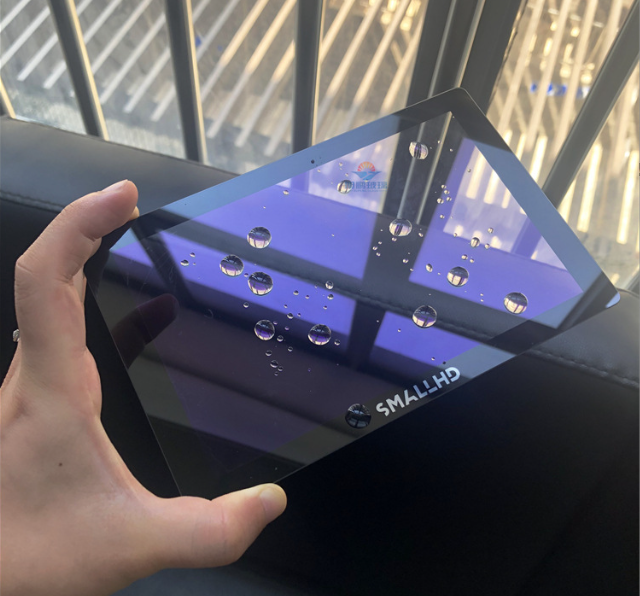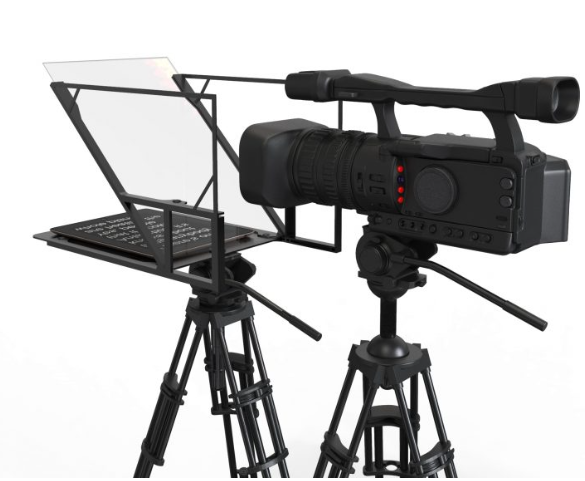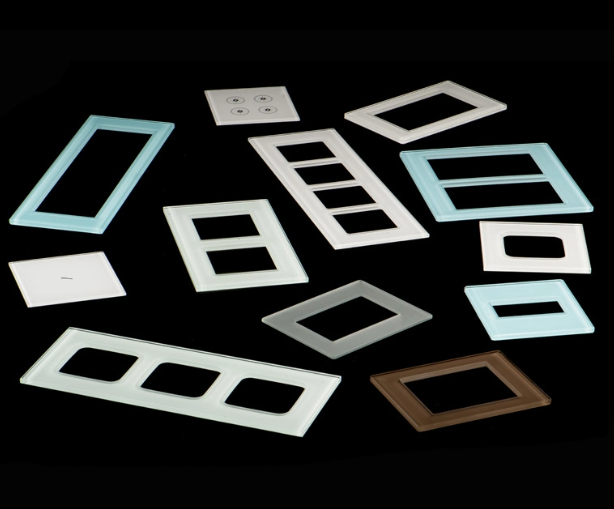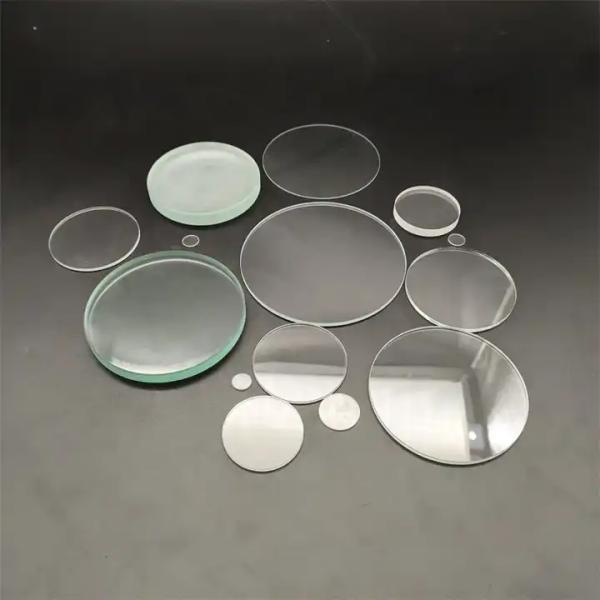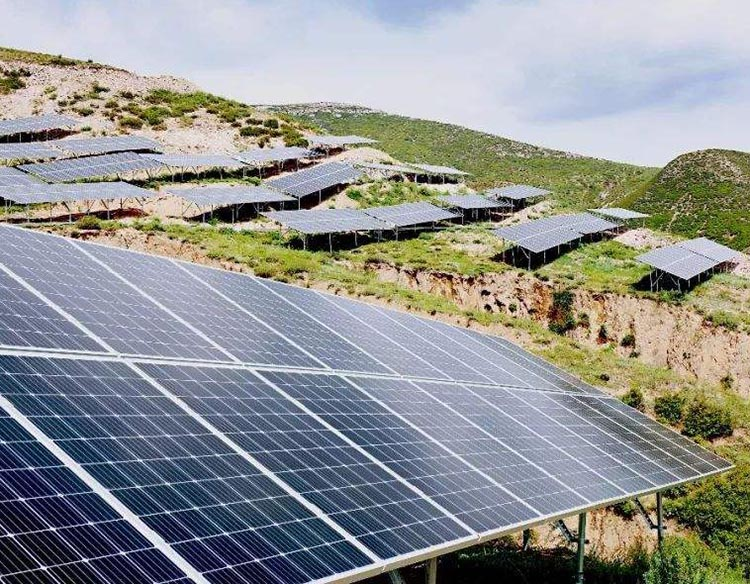
Ultra white glass might seem like an unconventional term at first glance because it doesn’t resemble pure white paper, but in reality, it’s a type of super-transparent low-iron glass, also known as low-iron or highly transparent glass in the industry, boasting an exceptional light transmittance exceeding 91.5%.
Ultra white glass is renowned for its crystal clarity and often referred to as the “crystal prince,” suitable for various applications, including ornaments, jewelry, and lighting fixtures. Super white glass encompasses nearly all the advantages of high-quality float glass when it comes to characteristics such as processability, physical properties, and optical properties.
In recent years, as the photovoltaic industry has flourished, the utilization of super white glass has expanded significantly.
So, what are the specific characteristics that make super white glass ideal for use in photovoltaic modules? From my perspective, it boils down to the following key attributes
The advantages of ultra white glass
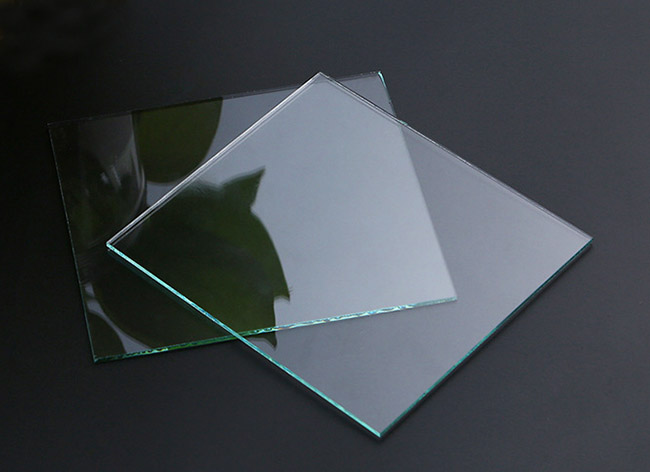
1. Exceptionally Low Breakage Rate:
Solar photovoltaic equipment operates outdoors, enduring various weather conditions. Hence, it’s crucial for photovoltaic glass to have a low breakage rate. Ultra-white glass, thanks to its use of high-purity raw materials, contains fewer impurities compared to regular glass, resulting in a reduced breakage rate after tempering. This quality makes it suitable for applications like museums and exhibition halls.
2. Consistent Color:
Ultra-white glass employs cutting-edge chromaticity analysis and analysis software to maintain color consistency. This technology ensures that each piece of glass meets the desired color specifications.
3. High Light Transmittance and Excellent Light Permeability:
As previously mentioned, the visible light transmittance rate exceeding 91.5% is what gives it the “ultra-white” moniker. In the realm of photovoltaic glass, high transmittance is a necessity for optimal utilization of sunlight.
4. Low Ultraviolet Transmittance:
While super white glass excels in transmitting visible light, its ultraviolet transmittance is relatively low. This characteristic allows for efficient solar energy absorption while offering protection against the damaging effects of ultraviolet radiation on photovoltaic equipment. Museums are a prime example of where super white glass with these qualities finds utility.
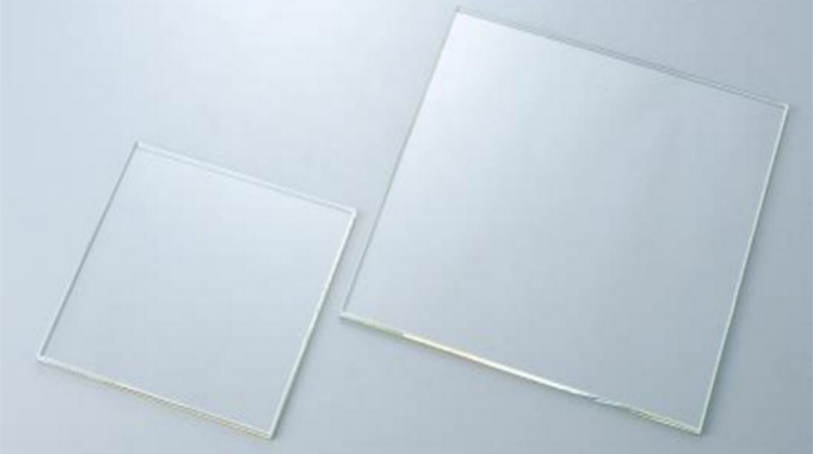
In conclusion
As a manufacturer specializing in conductive film glass products, our company has devoted years of experience to ITO/FTO conductive glass, molybdenum-plated glass, float glass, quartz glass, flexible conductive film, as well as the design, research, development, production, and marketing of glass-related laboratory equipment.
Our products find applications across diverse industries, including solar energy, displays, smart homes, electronic appliances, optics, university laboratories, and research institutes. We pride ourselves on providing top-notch after-sales service to our valued customers.
With the ability to customize size, thickness, and resistance, our first-hand factory sources ensure both high quality and competitive pricing. Feel free to contact us for more information!
Send inquiry to us : https://tibboglass.com/contact-us/
Tibbo Instragm : https://instagram.com/tibboglass?igshid=OGQ5ZDc2ODk2ZA==
Tibbo Facebook: https://www.facebook.com/profile.phpid=61550780595281&mibextid=LQQJ4d

